|
by Glen Downey, Comics in Education, www.comicsineducation.com The Graphic Canon is a Godsend for TeachersEdited by Russ Kick, the three volumes of The Graphic Canon contain a wealth of wonderful curriculum support materials for teachers. Although there may be colleagues of yours who balk at your desire to use visual narrative in the classroom, they'd be hard-pressed to object to the stunning series of graphic poems, stories, and novel excerpts that constitute these three volumes. Your fellow department members only want to teach "The Canon?" That's fine. With The Graphic Canon they can do just that!
I could talk at great length about this series of books, and no doubt in future postings I'll be looking at how to use them in the classroom, but for now your best resource on the series is their WordPress site. I can tell you that each volume in the series covers a distinct period of time and the literature that goes with it. The first volume's selections range from the Epic of Gilgamesh to Shakespeare to Dangerous Liaisons. Volume 2 takes readers from Coleridge's "Kubla Khan" to the works of the Bronte Sisters and finally to Oscar Wilde's The Picture of Dorian Gray. Finally, the third text goes from Conrad's Heart of Darkness to Hemmingway to Infinite Jest. From my perspective, the series is of most use to high school educators who either want to...
Of course, there is nothing preventing the teacher from constructing an entire unit around these selections. With younger students, however, you might not have enough selections that are geared towards a junior or middle school audience, so that a series like Graphic Poetry from Rubicon/Scholastic would be a better option. Scott Robins @Scout101 also mentioned in a Tweet the Visions in Poetry series from @KidsCanPress.
0 Comments
Your comment will be posted after it is approved.
Leave a Reply. |
Glen DowneyDr. Glen Downey is an award-winning children's author, educator, and academic from Oakville, Ontario. He works as a children's writer for Rubicon Publishing, a reviewer for PW Comics World, an editor for the Sequart Organization, and serves as the Chair of English and Drama at The York School in Toronto. If you've found this site useful and would like to donate to Comics in Education, we'd really appreciate the support!
Archives
February 2019
|
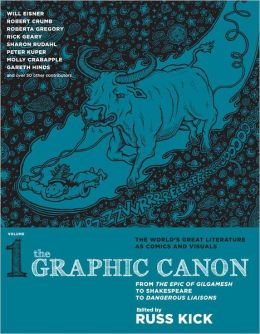
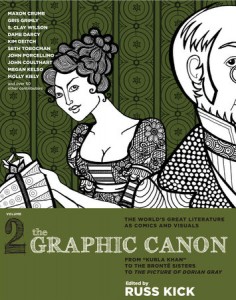
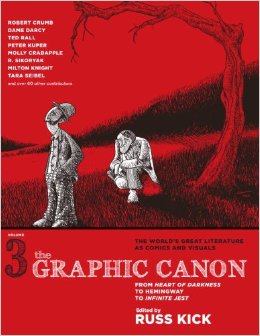

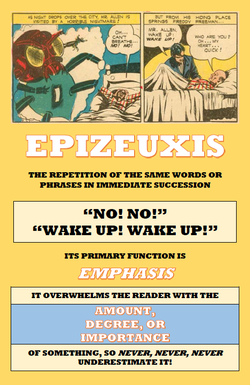
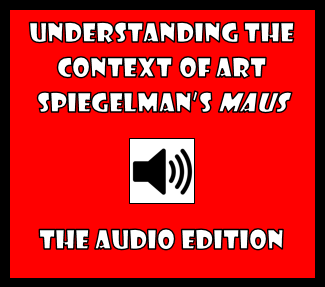
 RSS Feed
RSS Feed
